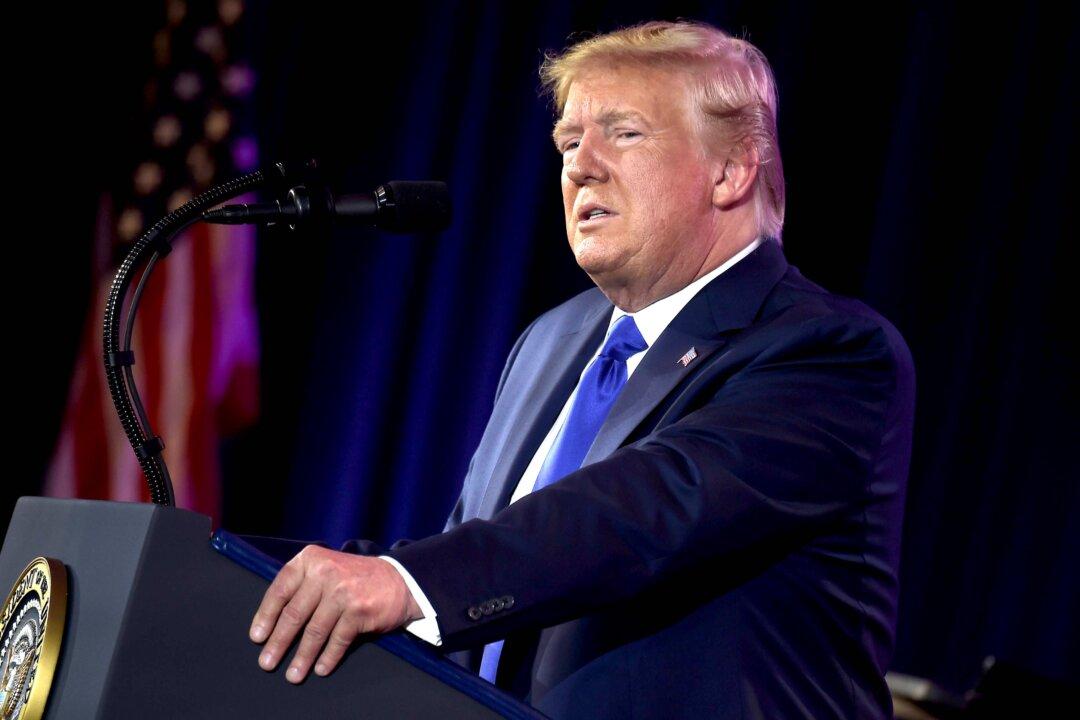The meme showing President Donald Trump attacking humans with the logos of media organizations in place of their faces came after a slew of assassination fantasies against Trump has been made public, including one in the New York Times.
The meme, which played at a conservative conference in Florida over the weekend, sparked outrage from reporters, who claimed the president has been inciting violence against them. But some of their own news organizations have been involved with dreams of Trump being killed. Trump condemned the video.





